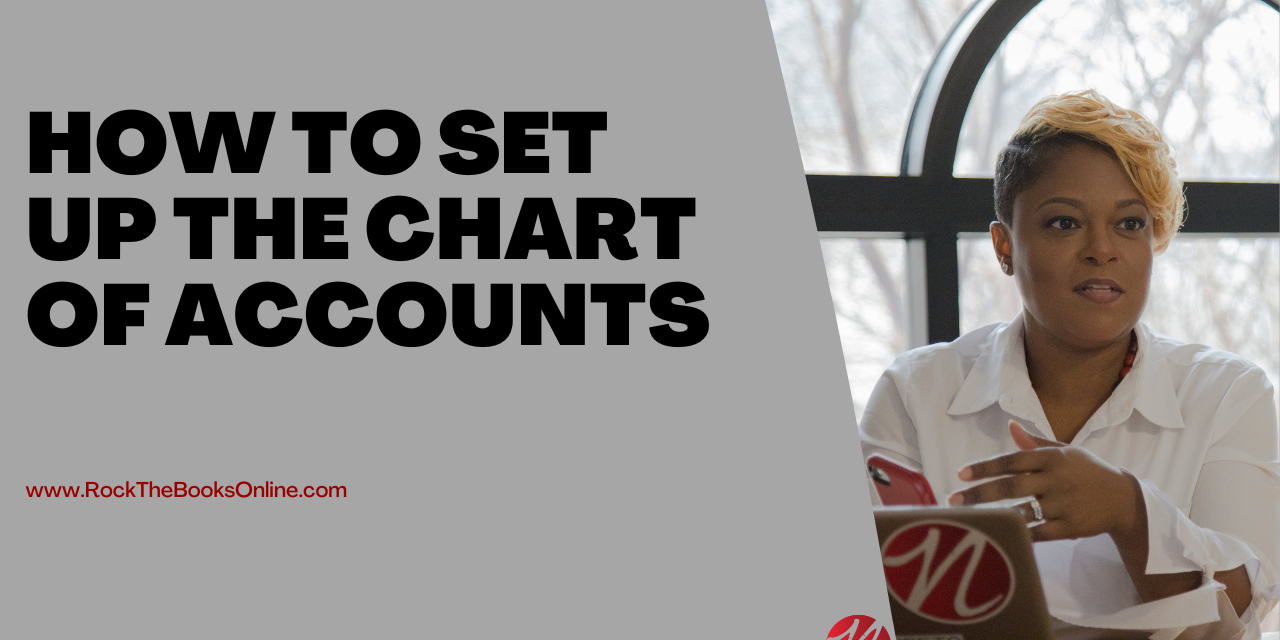The chart of accounts is a critical component in the world of bookkeeping, serving as the framework for a business’s financial statements. It organizes all the accounts that categorize every financial transaction a business makes, whether they are assets, liabilities, equity, revenue, or expenses. Understanding how to set up your chart of accounts properly is essential for anyone involved in bookkeeping—whether you’re starting a new career, enhancing your skills, or managing your own freelance bookkeeping. Here are some best practices for structuring your chart of accounts, ensuring that your financial statements are accurate, coherent, and compliant with accounting standards.
What is the Chart of Accounts?
The chart of accounts is essentially a list of all the accounts that make up the financial statements of a business. Think of it as the backbone of your bookkeeping system. Every transaction your business makes will be recorded in one or more of these accounts, which then roll up into your financial statements — either the balance sheet or the profit and loss statement (P&L).
Each account in the chart helps classify transactions. For example, an account named Office Expense will include all expenses related to running your office, while an account called Telephone will track all phone-related costs. This classification makes it easier to analyze where your money is coming from and where it’s going.
The Importance of Proper Account Naming
A lot of business owners make the mistake of including vendor names, customer names, or asset names as account titles in their chart of accounts. For instance, you might see an account named John Doe, which is actually a vendor or payee, not a type of expense. The chart of accounts should only contain account names that describe the type of transaction—not the parties involved.
When you structure your chart of accounts properly, you’ll avoid confusion and make your financial reporting much clearer. This is one of the first things we do when onboarding new clients: reviewing and restructuring their chart of accounts to align with proper bookkeeping standards.
How to Structure Your Chart of Accounts
Structuring your chart of accounts involves organizing accounts in a logical order that aligns with your financial statements. This organization is not random; it follows generally accepted accounting principles (GAAP), which help accountants and stakeholders easily understand your business’s financial position.
One common way to organize your chart of accounts is by assigning numerical codes to each account. While this is optional, I personally prefer it because it mirrors the layout of your financial statements and makes it easier to maintain order. These numbers usually have three to five digits, and they group accounts by category.
Here is an example of an account numbering system:
- Assets: Begin with the number 1
- Liabilities: Begin with the number 2
- Equity: Begin with the number 3
- Revenue: Begin with the number 4
- Cost of Goods Sold (COGS): Begin with the number 5
- Expenses: Begin with the number 6
- Other Income and Expenses: Begin with numbers 7 and 8
Let’s dive deeper into each category to understand what belongs where.
1. Assets (Account Numbers Starting with 1)
Assets represent everything your business owns or is owed, and they appear first on your balance sheet. When setting up asset accounts, the order should be based on liquidity — in other words, how quickly the asset can be converted into cash.
- Cash Accounts: These are the most liquid assets, so cash and cash equivalents (like checking accounts, savings accounts, and petty cash) get the first set of numbers.
- Accounts Receivable: Money owed to your business by customers. Usually, there’s only one or two accounts here.
- Current Assets: Includes prepaid expenses, short-term loans receivable, or other assets expected to be converted to cash within a year.
- Fixed Assets: Long-term assets like equipment, furniture, or property.
- Other Assets: Long-term assets that don’t fit into the above categories and won’t be converted into cash within the next year.
2. Liabilities (Account Numbers Starting with 2)
Liabilities are what your business owes to others, and they come after assets on the balance sheet. Like assets, liabilities are organized by how soon they will be paid, starting with the most immediate obligations.
- Accounts Payable: Bills and invoices you owe to vendors and suppliers.
- Credit Card Liabilities: Outstanding credit card balances.
- Payroll Liabilities: Taxes and other payroll-related obligations.
- Short-Term Liabilities: Loan or debt balances due within a year.
- Long-Term Liabilities: Loan or debt balances due beyond one year.
3. Equity (Account Numbers Starting with 3)
Equity represents the owner’s stake in the business and is the final section of the balance sheet. The structure depends on the type of business entity. Accounts includes may be as follows:
- LLCs: Owner’s equity, owner’s contributions, owner’s distributions.
- S Corporations: Common stock, additional paid-in capital, stockholder distributions.
- C Corporations: Common stock, preferred stock, retained earnings.
4. Revenue (Account Numbers Starting with 4)
Moving on to the profit and loss statement, revenue accounts track all income your business earns. These accounts are numbered starting with 4 and should cover all sources of income, including not only sales revenue and service income but also any other types of income your business may generate.
For example, in addition to sales revenue and service income, you might also include accounts for rental income, interest income, or any other stream of revenue.
5. Cost of Goods Sold (COGS) (Account Numbers Starting with 5)
COGS accounts represent the direct costs of producing the goods or services your business sells. These costs are essential for understanding the profitability of your products or services as they are necessary to calculate a company’s gross margin. They include a variety of expenses directly tied to sales, such as direct or raw materials. Additionally, labor costs related to production, including wages and benefits for employees directly involved in manufacturing or providing the service, as well as subcontractor payments. By keeping a close eye on COGS, businesses can make informed decisions about pricing, inventory management, and overall financial strategy.
6. Expenses (Account Numbers Starting with 6)
All other expenses that don’t fall under COGS go into this category. This broad category encompasses a variety of costs essential for the daily operations of a business. This includes general and administrative expenses, marketing costs, utilities, rent, office supplies, and more.
Examples include office expenses, telephone bills, advertising, and professional fees—all categorized under the 600 series.
7. Other Income and Expenses (Account Numbers Starting with 7 and 8)
Finally, accounts that don’t fit these previous revenue or expenses categories often fall under “other income” and “other expenses.” These can include costs that are not directly tied to operating the business and can include accounts such as interest income, gains or losses from asset sales, or miscellaneous expenses. They are usually infrequent and one off expenses.
Why Follow This Structure?
Following this numeric and categorical structure isn’t just for neatness. It aligns with Generally Accepted Accounting Principles (GAAP), which means your financial statements will be easier to understand for accountants, auditors, investors, and lenders. A well-organized chart of accounts also makes tax preparation simpler and more accurate.
Remember, whether you choose to use account numbers or not is up to you. Some bookkeepers prefer a purely alphabetical system, but using numbers helps maintain order and clarity, especially as your business grows.
Tips for Restructuring Your Chart of Accounts
- Review Existing Accounts: Identify any accounts that are named after vendors, customers, or assets rather than transaction types.
- Consolidate Duplicate or Unnecessary Accounts: Too many accounts can complicate reporting and analysis.
- Follow Liquidity Order: For balance sheet accounts, order them by how quickly they convert to cash or need to be paid.
- Align with Financial Statements: Make sure your chart of accounts flows logically into your balance sheet and P&L.
- Keep It Simple: Avoid overly complex or lengthy account numbers unless required by regulation.
Conclusion
Setting up your chart of accounts correctly is foundational for effective bookkeeping and financial reporting. By categorizing and organizing them numerically, you’ll ensure your financial statements are clear, consistent, and compliant with GAAP.
If you’re just starting or feel overwhelmed with your current chart of accounts, take a step back and restructure it with these guidelines in mind. It will save you time, reduce errors, and make your financial data much easier to analyze.









